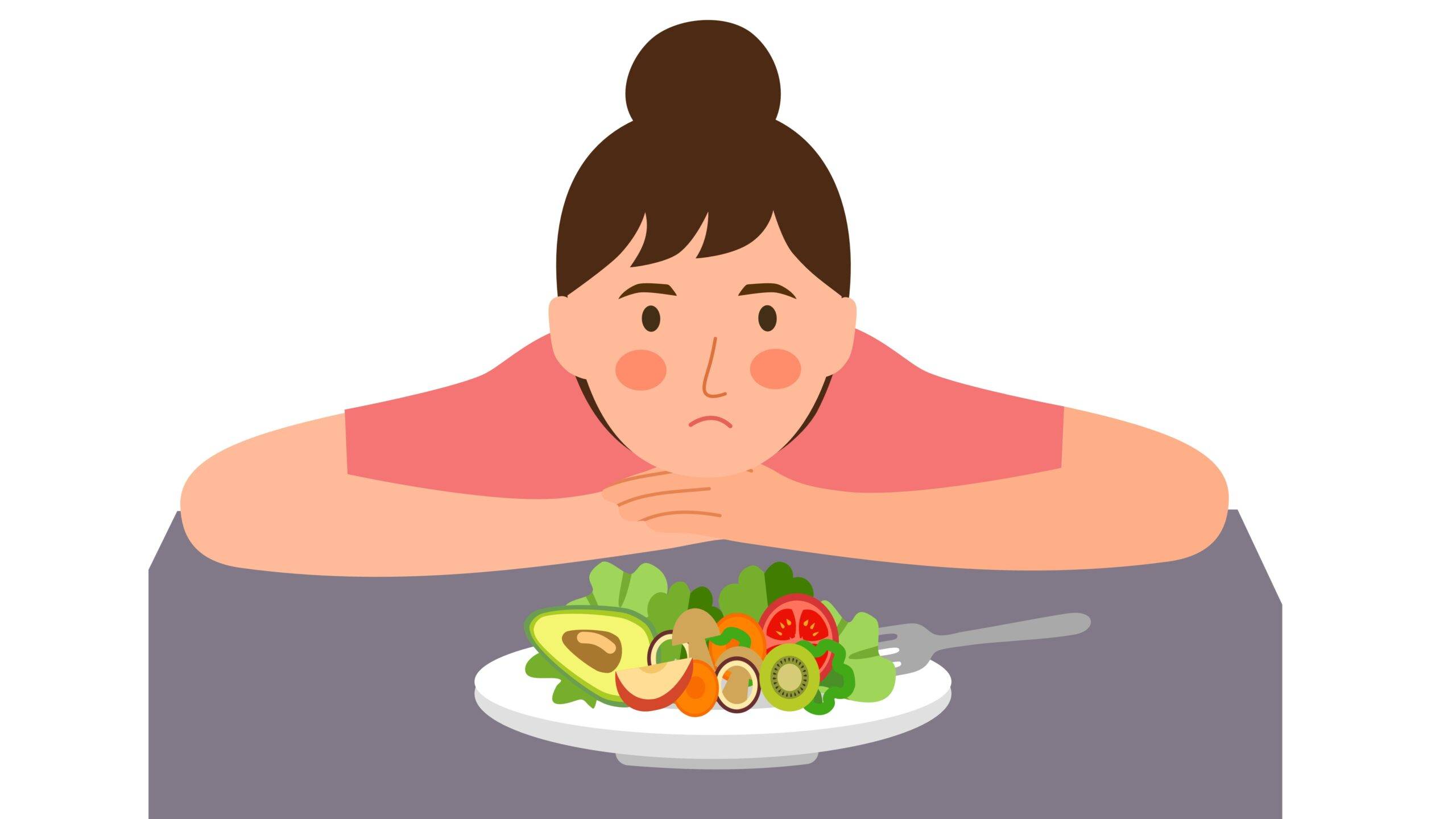“I Went Over 25 Years Without Consuming a Vegetable”


White rice, white bread, ground beef, chicken fingers, French fries, and pepperoni pizza — for most of my life — and with very few exceptions — these were the only foods I ate.
From a young age, trying any food outside of this short list was a struggle like no other. I’d chew the food and try to pass it, but my throat would close, and I would gag and choke. No matter how hard I tried to swallow, I just couldn’t.
Of course, everyone thought that I was simply a picky eater. My mom learned early on that there was nothing she could do to get me to eat different foods. Unlike other parents with picky eaters, she couldn’t bribe me, give me trouble, or make me sit there until I was done with my plate. None of it worked on me, so she eventually came to terms with my limited diet, where most of the foods I ate were of the same flavor and color.
Over time, a few other foods did make it into my diet, so long as those foods were of the right brand and prepared a certain way. Fruits and vegetables definitely did not make the cut. And another thing: If foods on my plate touched, I considered my meal ruined.
If I did muster the courage to try a new food and manage to swallow it, I usually ended up getting sick. Eventually, trying new foods was no longer an option.
[Take This Self-Test: ARFID in Adults]
A Medical Mystery
I struggled with my health growing up, whether it was stomach problems or a cold that would stick around for months and require trips to the emergency room. But my doctor’s visits often ended with me being told that I was a “medical mystery” because all my numbers, even my weight, were good. Though I ate few foods, the fact that my diet comprised mostly calorie-dense carbs meant that I never had any difficulties with putting on weight. If anything, I was always on the heavier side. No one could figure out what was wrong with me, and never did we think that my eating had caused all of these issues. The doctor never asked, and we never brought it up.
It wasn’t until I started Googling “how to fix my picky eating” that I learned about avoidant restrictive food intake disorder (ARFID). The more I learned, the more my eating habits and entire life made sense.
Finally! I knew this went beyond picky eating. Now all I needed to do now was learn how to manage it, right? Or so I thought. Knowing a reason, unfortunately, didn’t make it any more possible for me to try foods.
ARFID in Adults: Diagnosis and Recovery
Years after I learned about ARFID, and now in my late 20s, I checked myself into an eating disorder clinic, where I finally received a professional diagnosis. For the first time, a doctor fully examined me and determined that I’ve been severely malnourished my entire life, no matter what “the numbers” might have said. It made complete sense. I mean, I went over 25 years without consuming a vegetable.
[“Foods Can’t Touch on My Plate:” On Life with ARFID and Food Aversions]
Thus began my ARFID recovery, a journey that gave me the opportunity to travel to England to receive treatment and, later, film a documentary to create awareness around this poorly understood eating disorder, especially in adults.
In my ongoing recovery and research, I learned about a therapist who specializes in ARFID. Given his phenomenal success rate with his clients, I figured that if anyone could help me, it would be him.
Before my session, I went to the grocery store to look at a handful of foods I’d never even think of trying. It was hard, and it was scary. I had a panic attack after picking up a kiwi because the thought of consuming it was so unsettling.
A few short hours later, it was time to head to the clinic.
After I settled into a big, comfy chair and wrapped myself up in a blanket, the therapist and I started talking. To this day, I can’t fully explain or understand what he did. It felt like he spoke to my inner child who had been grasping onto a massive ball of anxiety all this time. He somehow convinced that part of me to let go.
After our talk, I walked over to a table full of foods that I’ve never tried before, or that I had eliminated from my diet, knowing that the next step was to try them. It was different this time. The table full of unknown foods no longer filled me with anxiety. In the next 24 hours, I tried more food than I had in the preceding 28 years.
One Bite at a Time
It’s been nearly four years since I’ve been in active ARFID recovery, an experience that has been harder than I imagined. By now, I expected to be eating plates full of colorful foods and enjoying a wider variety of foods, but I’m not.
It’s hard to think about where I thought I would be by now and realize that I am not even close. But when I feel discouraged, I think back to where I started. My foods can touch, I’ve added multiple foods to my diet, and I am able to swallow when trying something new. As long as I keep trying new foods, I’m better — and moving forward.
ARFID in Adults: Next Steps
SUPPORT ADDITUDE
Thank you for reading ADDitude. To support our mission of providing ADHD education and support, please consider subscribing. Your readership and support help make our content and outreach possible. Thank you.
















Leave a comment